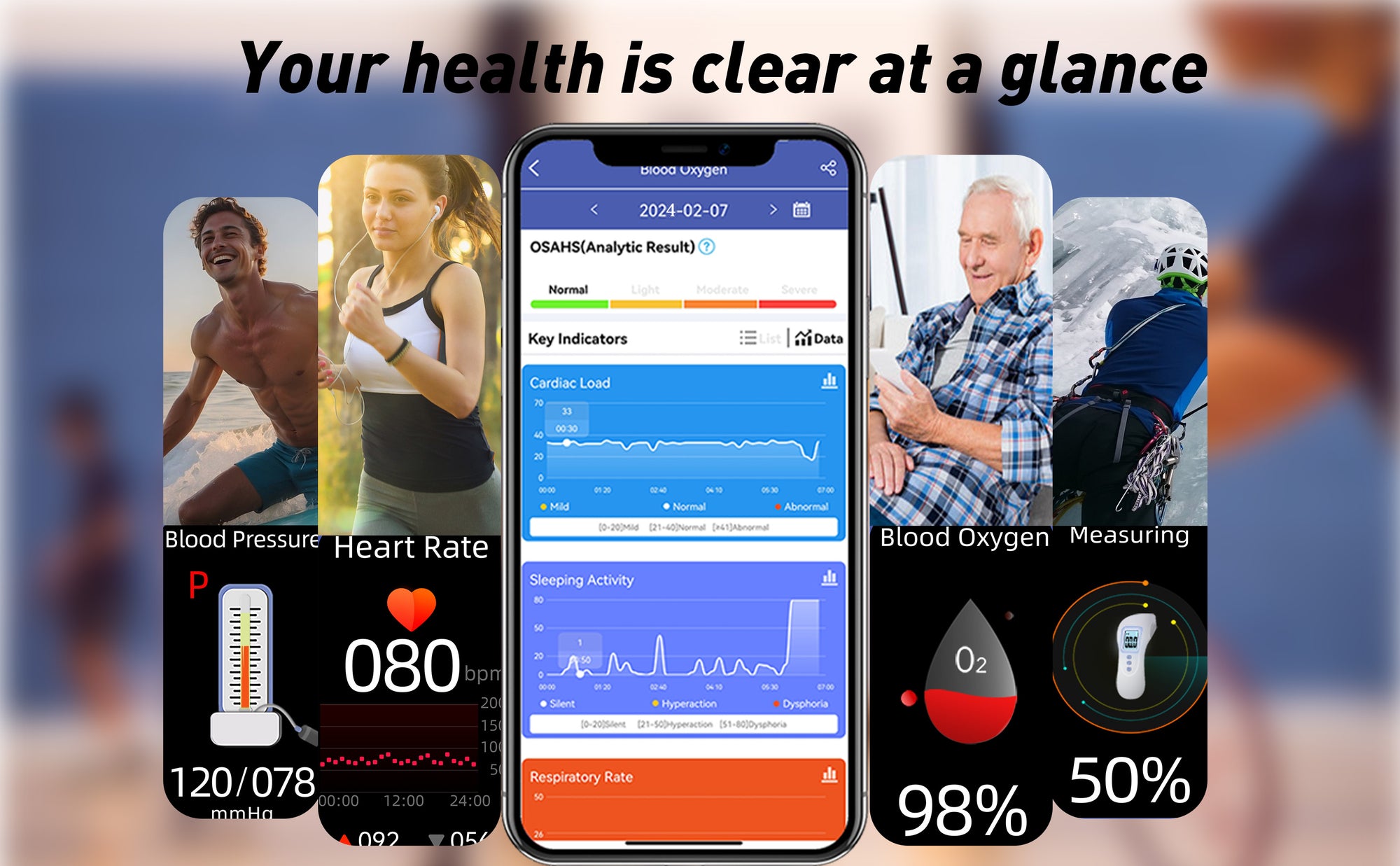What to do if you can't see the night's sleep data on the app?
- Data Syncing: If you’ve just opened the app, the health data might not have synced yet. Keep the bracelet connected to the app, refresh a few times, and wait for about 3 minutes before checking again.
- Proper Wear: Sleep data relies on the watch being worn correctly throughout the night. If the watch wasn't worn or wasn't snug against the skin, it can lead to data loss. The app won’t show sleep data if the monitoring wasn’t activated due to improper wear.
How the watch monitors sleep:
- Sleep Monitoring Basics: The watch tracks changes in movement and gravity from when you go to bed until you wake up. Since the body moves in various ways before falling asleep, the watch records these movements to determine if you are asleep.
- Deep vs. Light Sleep: During deep sleep, movement decreases significantly, and the duration of immobility lengthens. The watch uses this principle to differentiate between deep and light sleep.
- Sensor Technology: The watch uses sensors to monitor wrist movements. A motion sensor tracks sleep-wake cycles without affecting your daily life. It’s widely used to diagnose and assess various sleep disorders, including insomnia and sleep apnea.
- Determining Sleep Stages: Sleep depth is often measured by reduced movement and sensitivity. The watch calculates sleep stages based on movement patterns recorded every 2 minutes. It tracks changes from light movement to immobility to determine sleep status.
- Sleep Duration: Deep sleep is when muscles relax and minimal movement occurs. Light sleep involves some slight movements. The watch uses movement data to estimate deep sleep, which is considered the most restorative. Deep sleep typically accounts for about 25% of total sleep time, while light sleep makes up about 55%. This data helps assess if your sleep quality meets the standard.



